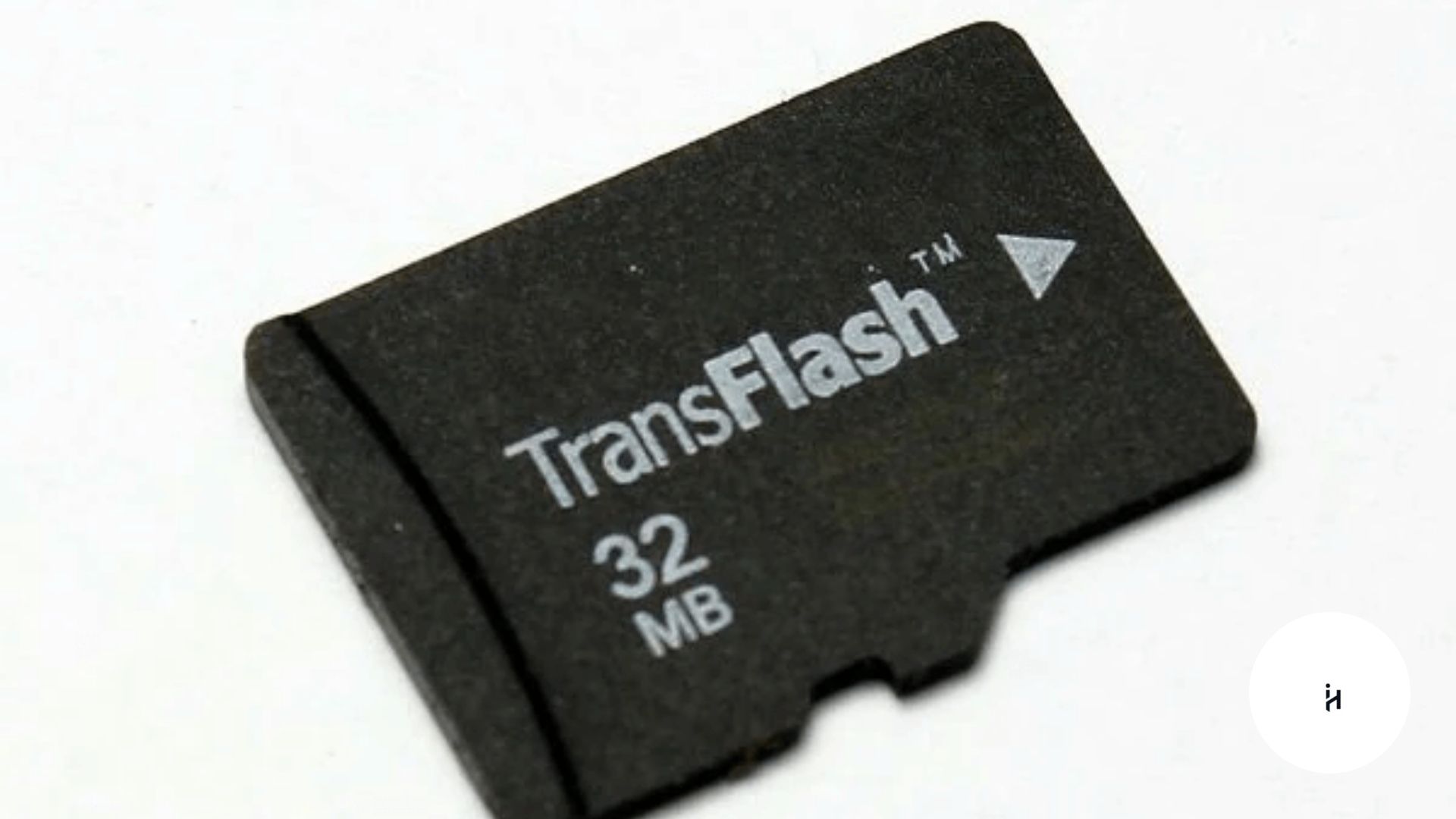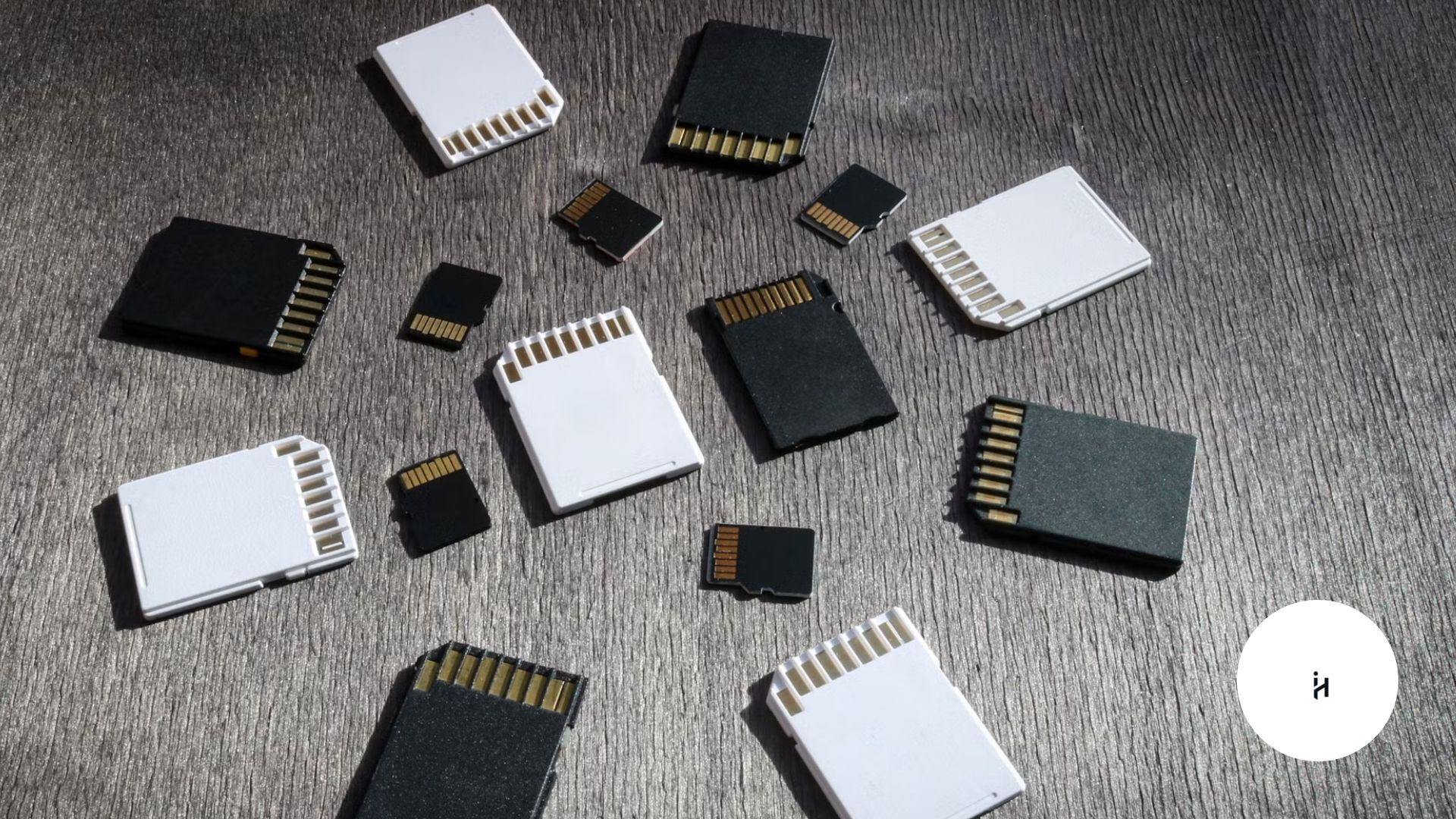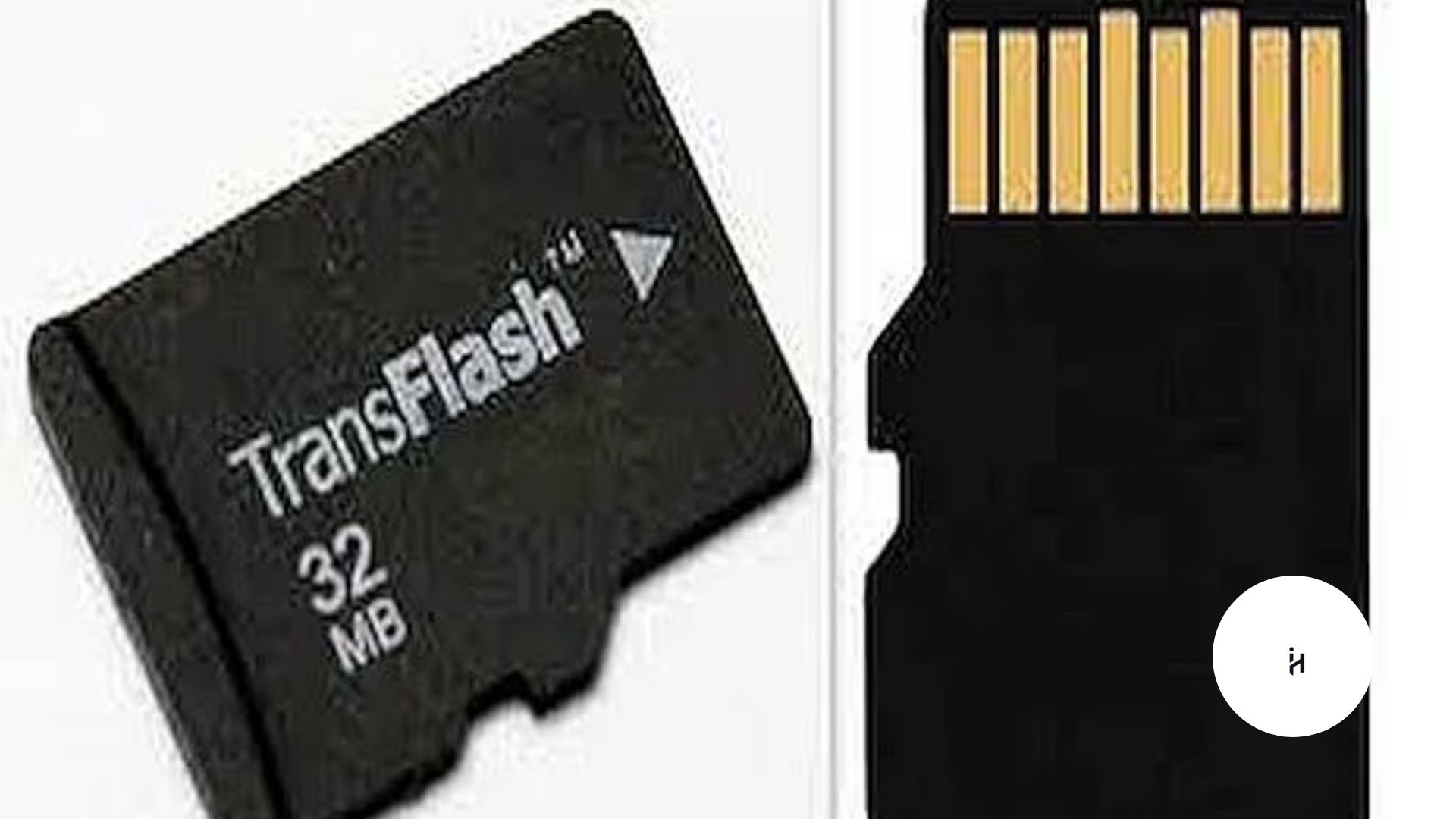A TF card, short for TransFlash card, is a compact memory card used for storing data in portable devices. Originally developed by SanDisk, the TF card is commonly used in smartphones, GPS devices, drones, dashcams, and tablets. It was later renamed microSD when adopted by the SD Association.
The main appeal of a TF card lies in its small size and high data storage capabilities. If you’re running low on space or need a portable storage solution, a TF card is one of the best options available. Its compatibility with various devices makes it extremely versatile and useful.
History and Development of the TF Card

The TF card was introduced by SanDisk in 2004 as the world’s smallest flash memory card. Shortly after its release, the SD Association adopted it and rebranded it as a microSD card. Despite the new name, the TF card term is still widely used, especially in technical and retail circles.
Originally designed for mobile phones, its compact size quickly made it a favorite across industries. Over the years, the TF card has seen improvements in speed and storage capacity, ranging from 128MB to 1TB. Its evolution reflects the growing need for lightweight, portable, and high-capacity data storage.
Key Features of a TF Card
TF cards are designed with portability, speed, and compatibility in mind. These cards typically measure just 11mm x 15mm, making them ideal for small devices. Despite their size, TF cards offer storage options from a few megabytes to several terabytes.
They support different speed classes, such as Class 10 and UHS-I, for faster data transfers. Another notable feature of a TF card is its durability—it’s usually water-resistant, shockproof, and X-ray proof. Thanks to these features, a TF card is perfect for action cameras, drones, and smartphones that require reliable performance in tough environments.
Common Uses of a TF Card in Daily Life
TF cards are widely used in consumer electronics. The most common usage is in smartphones for storing apps, photos, videos, and files. Many digital cameras and camcorders also rely on TF cards to save high-resolution images and videos. In drones and dashcams, TF cards ensure continuous video recording without interruptions.
Portable gaming consoles like the Nintendo Switch also support TF cards for game storage. Additionally, TF cards are used in Raspberry Pi projects, security cameras, and GPS units. Whether you’re a tech enthusiast or a casual user, a TF card offers convenience, speed, and expandability in everyday tasks.
TF Card vs MicroSD Card: Are They the Same?
Many people ask whether a TF card is the same as a microSD card. The answer is yes—TF card is the original name given by SanDisk before it became part of the SD Association. After the transition, the term “microSD” became more commonly used.
However, both names refer to the same physical card. The key takeaway is that all microSD cards are TF cards, but not all TF cards may support the additional features newer microSD cards offer, such as SDHC or SDXC standards. In practical use, there is no major difference between the two today.
Storage Capacities Available in TF Cards

TF cards come in various storage capacities, catering to different user needs. Early versions had capacities of just 128MB or 256MB. Today, you can find TF cards with storage ranging from 2GB to 1TB or more. The three main categories include microSD (up to 2GB), microSDHC (2GB to 32GB), and microSDXC (32GB to 2TB).
High-capacity TF cards are ideal for HD video recording, professional photography, and app storage. When choosing a TF card, always consider how much storage you actually need and check your device’s compatibility. Not all devices support higher-capacity TF cards or all speed classes.
TF Card Speed Classes and What They Mean
Speed classes are crucial when choosing a TF card. They determine how fast data can be written or read from the card. Common speed classes include Class 4, Class 10, UHS-I, UHS-II, and V30/V60 for video recording. A Class 10 TF card offers minimum write speeds of 10MB/s, making it suitable for full HD video.
UHS cards can offer even faster speeds, ideal for 4K recording and gaming. If you’re using the TF card for professional work like drone videography or DSLR photography, choose a high-speed TF card to avoid lag, buffering, or corrupted files.
How to Insert and Format a TF Card
Inserting a TF card is straightforward. Most smartphones, cameras, and tablets have a dedicated TF card slot or a combo SIM/TF slot. Use the ejector tool or manually open the flap and insert the card until it clicks. Once inserted, go to the device settings and choose “Format TF card” before use.
Formatting ensures your TF card is optimized and free of errors. It’s also a good habit to format the card periodically to maintain speed and performance. Be sure to back up any important data before formatting, as it will erase everything stored on the TF card.
How to Choose the Right TF Card for Your Needs
Choosing the right TF card depends on your usage. If you’re using it in a smartphone for general file storage, a 32GB Class 10 TF card may be enough. For 4K video recording in a drone or GoPro, opt for a V30 or UHS-I TF card with 64GB or more.
Always check your device’s compatibility with speed classes and maximum storage limits. Brands like SanDisk, Samsung, Kingston, and Lexar are reliable choices. Buying a TF card from a trusted brand ensures better speed, durability, and fewer chances of data corruption or hardware failure in the long term.
Common Problems and Solutions with TF Cards
Like any storage medium, a TF card can face issues. Common problems include the card not being recognized, data corruption, or slow speeds. These can often be fixed by reformatting the card, updating the device’s firmware, or using a card reader to check on a computer.

If the TF card is not detected at all, it may be physically damaged. Always avoid cheap, counterfeit TF cards, as they are more likely to fail. Regularly backing up your data and avoiding abrupt ejections from devices can significantly increase the TF card’s lifespan and reliability.
How to Care for and Extend the Life of Your TF Card
Proper care can extend your TF card’s lifespan. Avoid exposing it to moisture, extreme temperatures, or magnetic fields. Always eject the TF card safely before removing it from any device. Don’t overfill the card—keeping at least 10% space free helps maintain its speed.
Format the card in the device where it will be used, rather than on a different system. Store unused TF cards in protective cases to avoid physical damage. By following these simple tips, your TF card will last longer, perform better, and safeguard your precious data, whether it’s media files or critical documents.
The Future of TF Cards in Modern Technology
Despite the rise of cloud storage and internal memory, the TF card remains highly relevant in modern tech. Newer models are offering faster speeds, larger storage capacities, and better durability. Innovations in edge computing, mobile gaming, and AI-powered devices still rely on fast, removable storage.
As more IoT and 5G-enabled gadgets enter the market, TF cards will continue to be crucial in data storage. Their role in emerging tech like drones, action cameras, and smart wearables ensures that the demand for reliable TF card solutions won’t fade anytime soon. The TF card’s future looks compact, powerful, and indispensable.